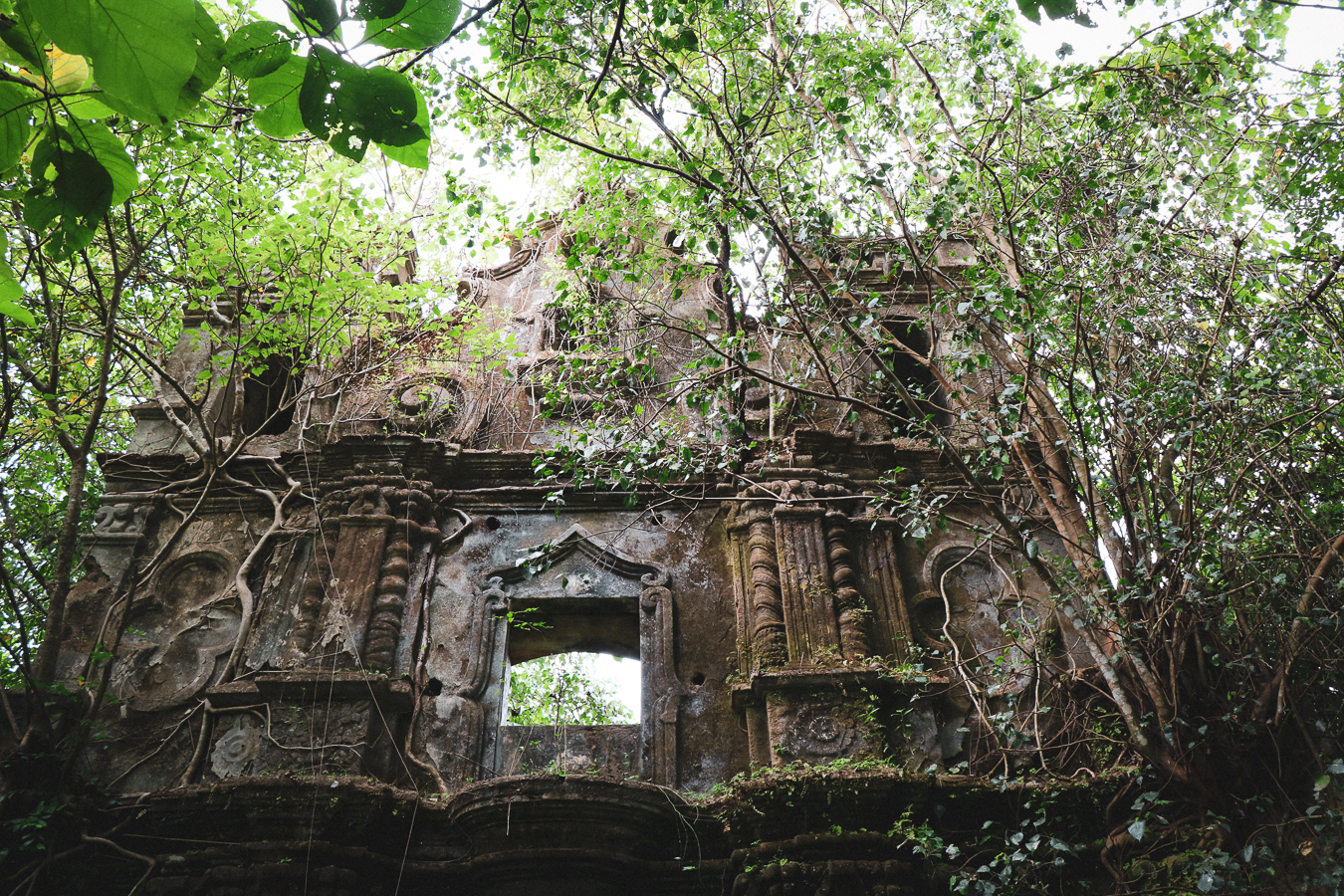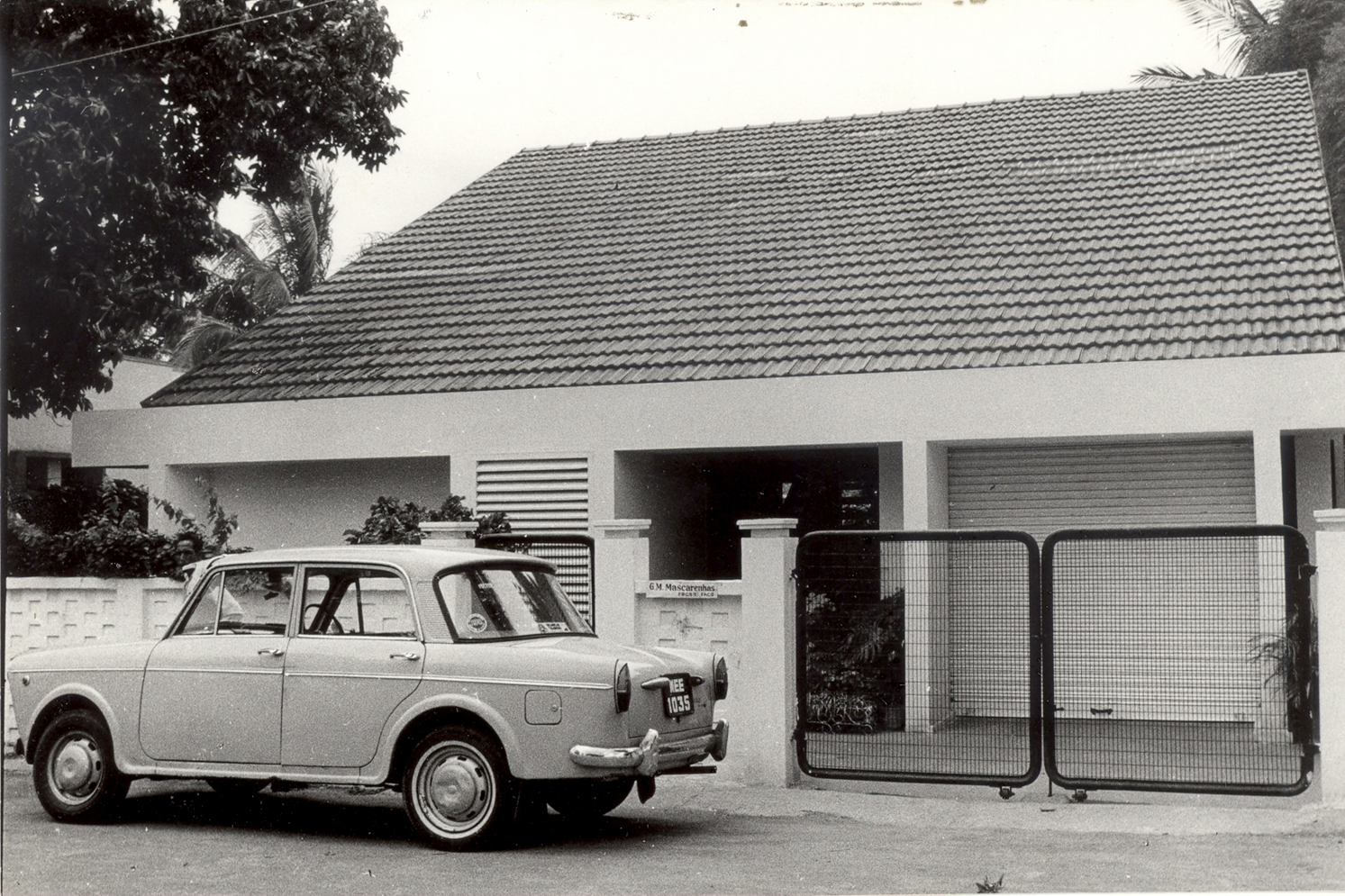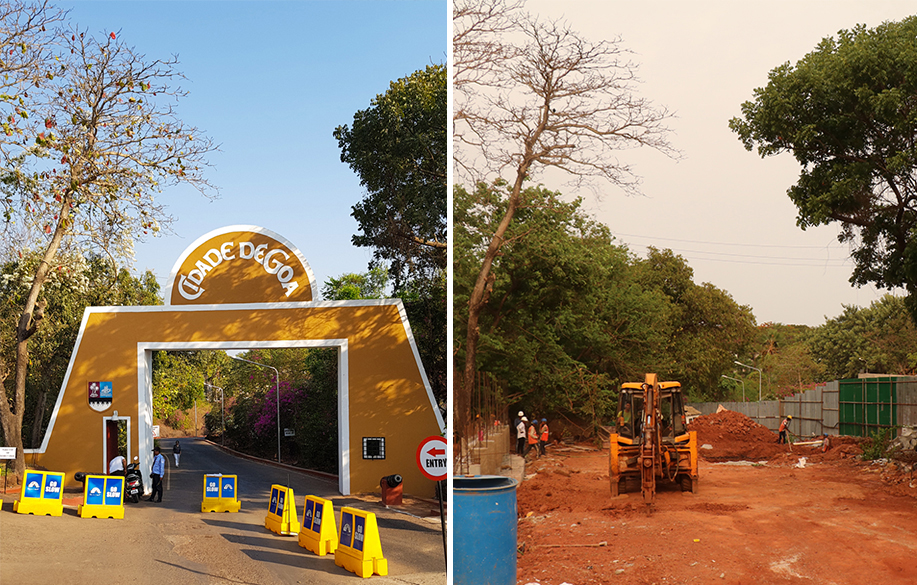In Chimbel, lies an architectural gem that is in dire need of conservation
The missionary spurt that immediately followed the advent of the Portuguese in Goa meant that Goan Church architecture developed much earlier compared to its domestic architecture. The exposure to ideologies from Europe and their transfusion with local art and craftsmanship became visible by the 17th century when a new hybrid style of architecture began to emerge – what we may call the Goan style.
By 1750, the Tertiary Carmelites were formed as an Order for Goan priests of Non Brahmin background, albeit after a long struggle. They soon built their Church on the site of a pre-existing hermitage in Chimbel, along with a monastery. What emerged was a hallmark design that was an outcome of the prevalent religious climate coupled with the architectural ambitions of the local priests.
The Church of Our Lady of Mount Carmel (Nossa Senhora do Carmo) was a single nave church of modest proportions with side niches. Single nave churches like this became almost a norm in Goan Church Architecture, probably because they were simple and highly functional. The inverted shell niches that were present on either side of the nave acted as bays that housed side altars, similar to what we find in the Church of Sant Estevão, Espirito Santo at Margao, and Sant Ana at Talaulim. In between each niche were traditional stucco patterns that are still visible in the remains of the segmental arch that once supported the choir above the narthex.
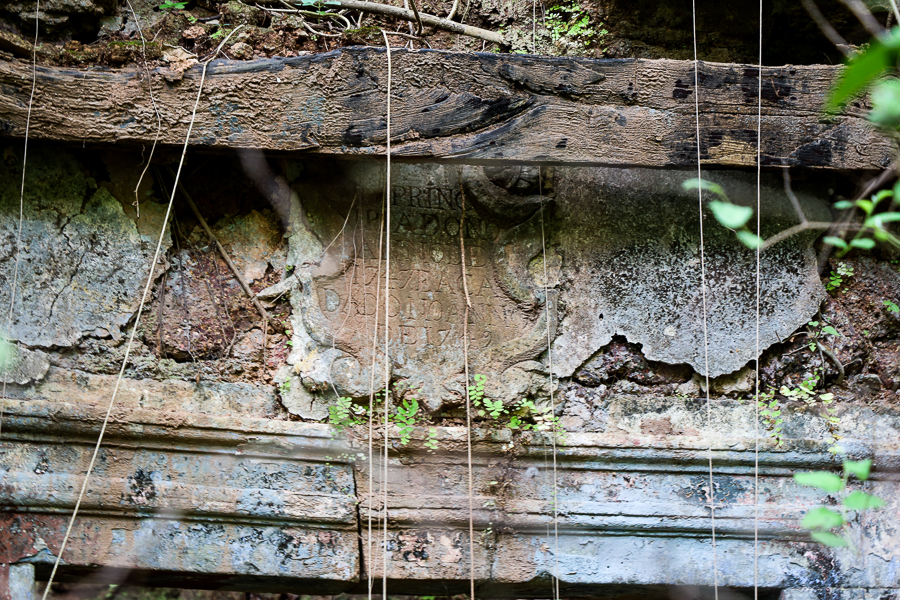
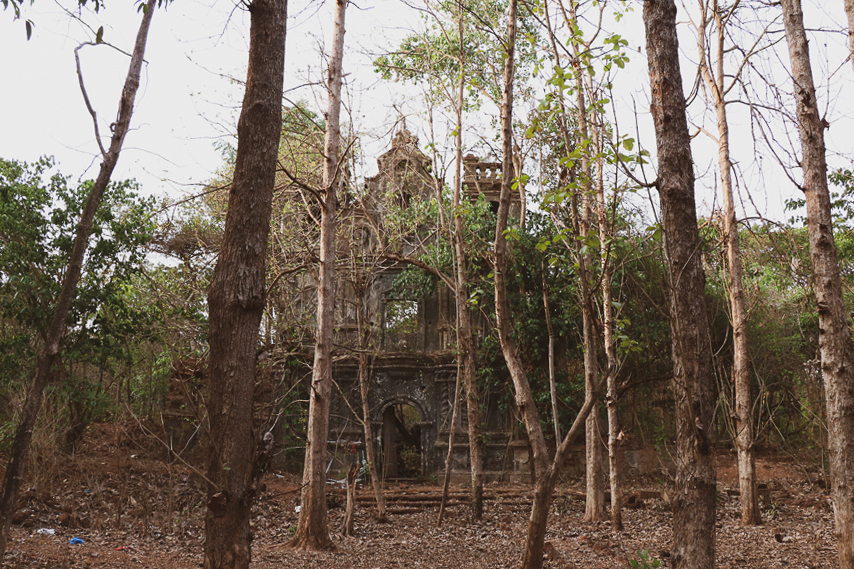
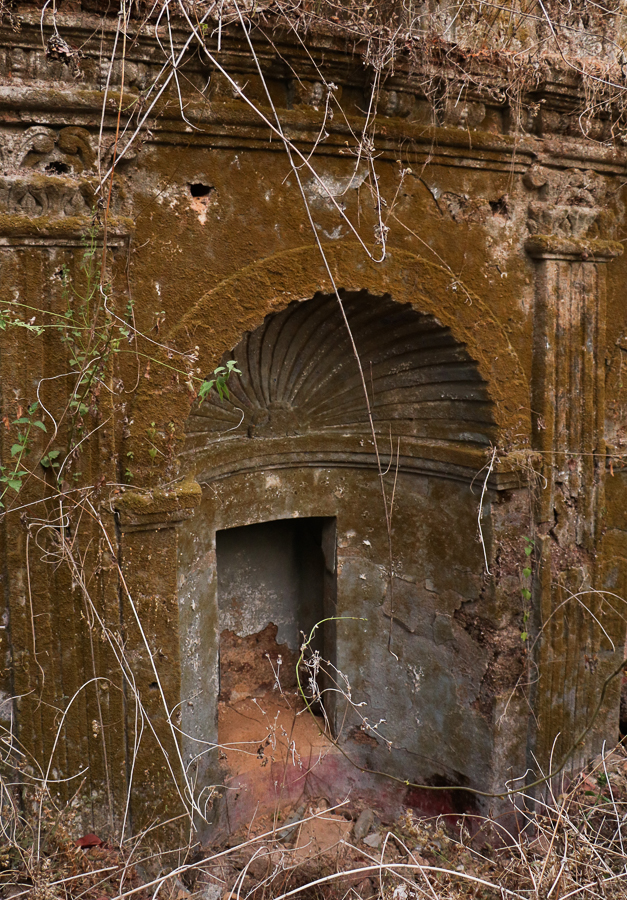
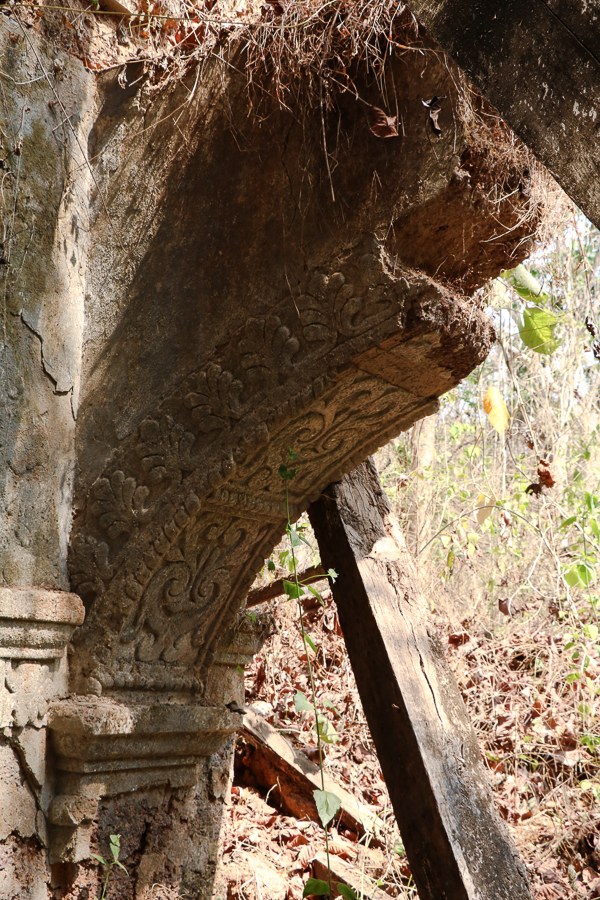
Suzana Bragança Fernandes, who hails from Chimbel, is one of the few who have seen the Church first hand, when it was still standing, and vividly remembers it. ‘The statue of Our Lady of Mount Carmel was so beautiful, on the right side altar. A little inside and at the main altar was Santa Isabela and Mother Mary, depicting the scene of the Visitation. And then on the left again, Sant Luiz Gonzaga. A bit behind there was a communion rail behind which was a beautiful wooden pulpit, and then the statue of Sant Anton. On the right we had Sant Miguel. That floor was so beautiful as well – it had hexagons which had a polished appearance’.
The real novelty though, lies in the facade, which can be said to be an example of Goan Mannerism. The exaggerated pediment curves, the oblong shell niches and unexpected and imaginative ornamental features were some of the features that lent it this character. Noteworthy too are the inverted shell niches in the facade, the array of Solomonic columns interspersed with pilasters, flower motifs in the side bays of the middle level, and the sphere finials. Such work is not to be found elsewhere in the world as it is the end product of the amalgamation of not just two, but of several cultures from different walks of life – that was attained over a span of centuries. In short, it is truly Goan.
There is also evidence that points to the possibility that the Church had a camarin, a European feature that made its way into Goan Church Architecture. If this aspect can be confirmed, it can only add to what is already an incredibly rich piece of heritage.
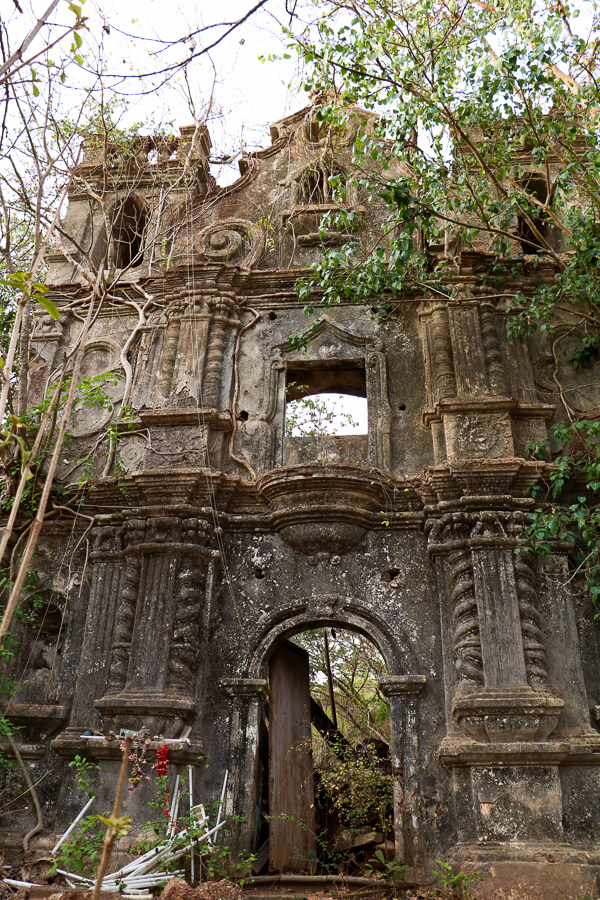
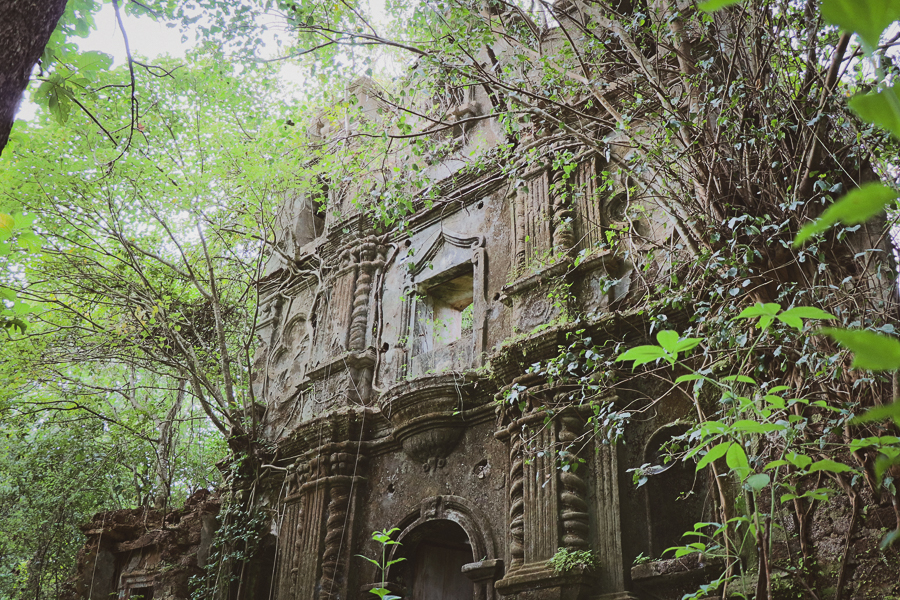
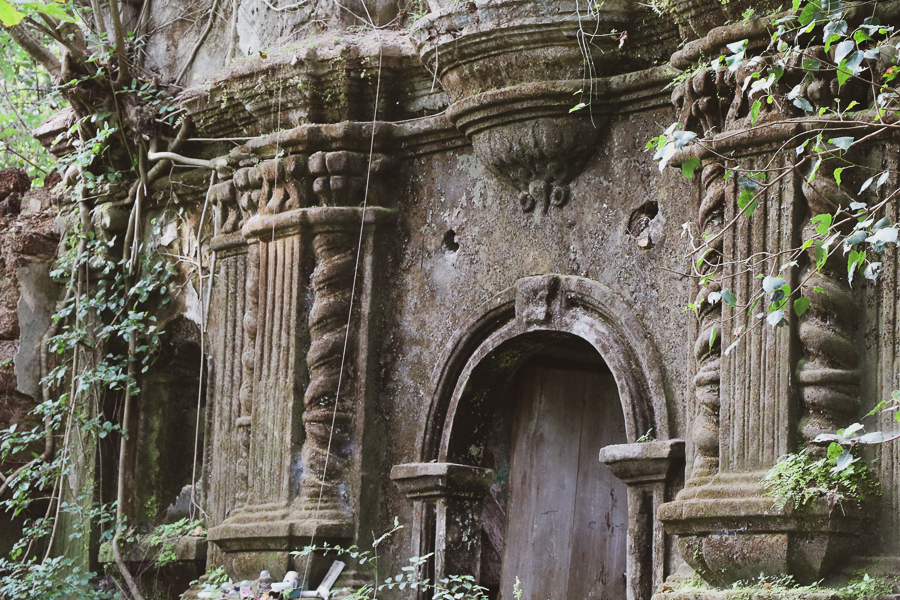
But perhaps what makes the Nossa Senhora do Carmo complex so great is the way it affected society. From its time as the church of the Tertiary Carmelites, when it was a place for the non Brahmin Goans to become priests, to the time it changed hands to Santa Casa de Misericordia and housed two retreats for destitute women and orphan girls respectively, and then as the first mental health hospital in Goa, it has left an indelible mark on Chimbel, the surrounding regions, and Goa as a whole. As explained by Eulalio Braganza, who is part of a prominent family in the history of the complex, many people from Chimbel attained employment there, were admitted in the institutions or even found suitable partners there. Apart from this, ‘It was a meeting place, with big stone benches to sit on’ says Caetano Fernandes who used to visit the complex in his childhood when the Church was still standing. ‘we used to sit on the steps, and watch the others play football in the open space in front of the church’. The monument is intrinsically linked to the lives of the Chimbelkars in some way or the other.
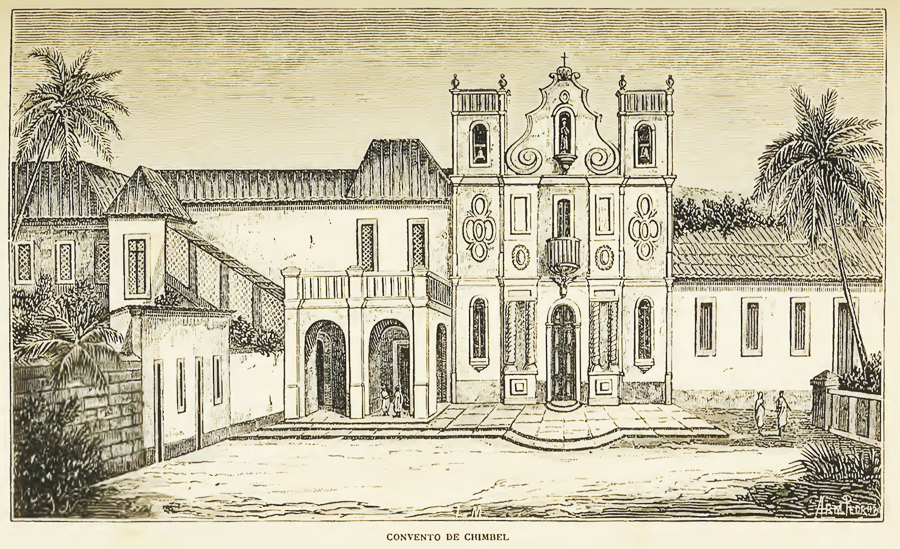
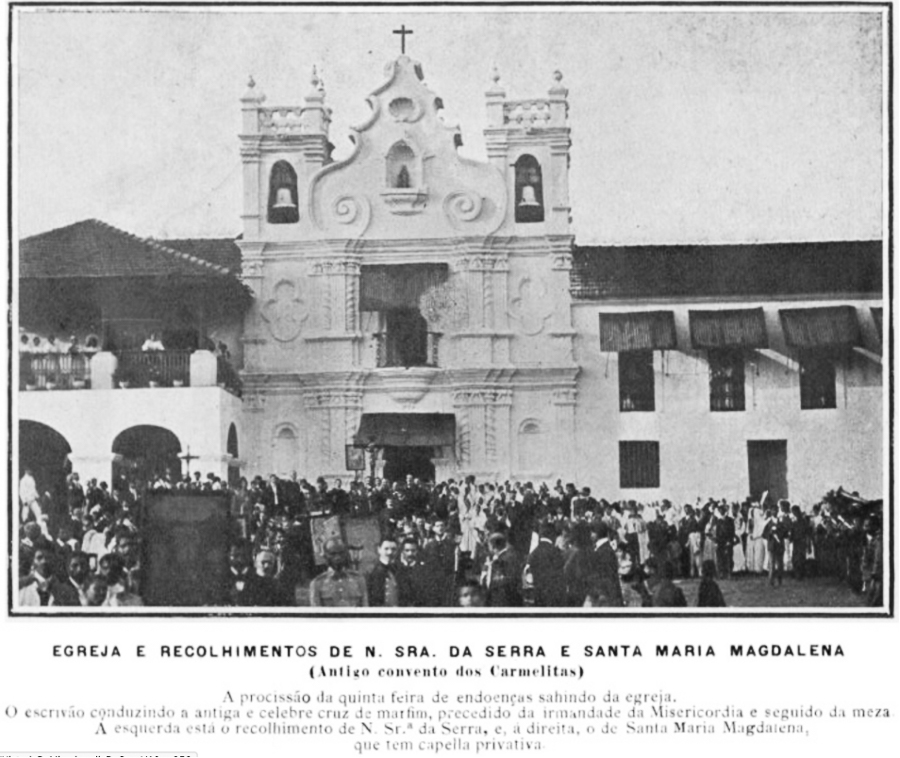
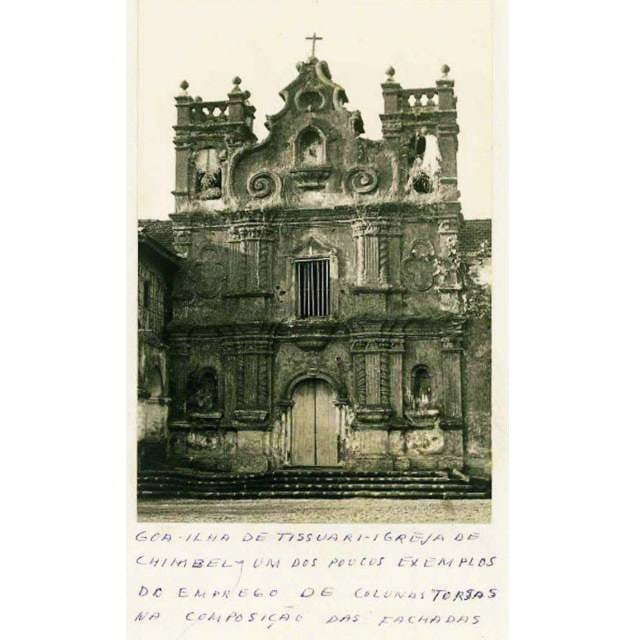
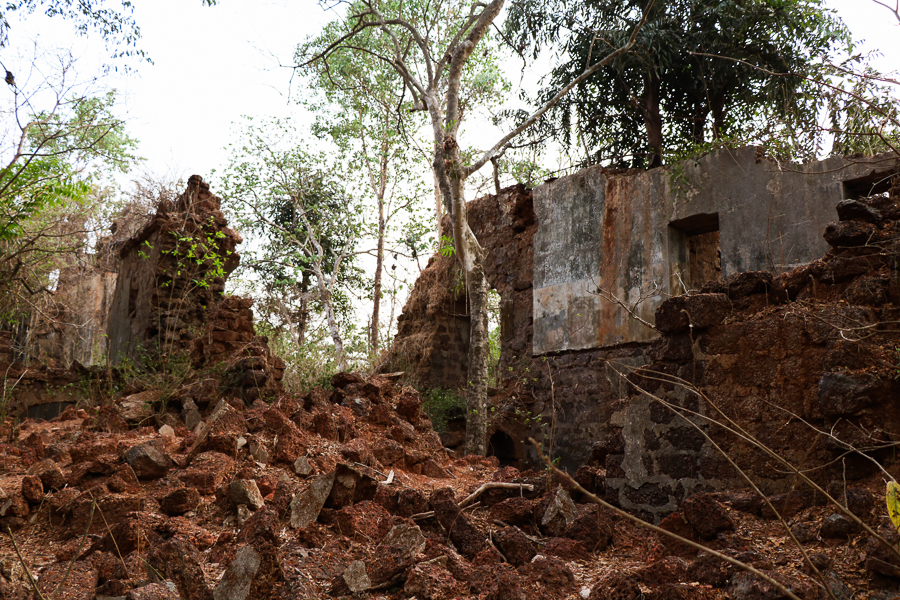
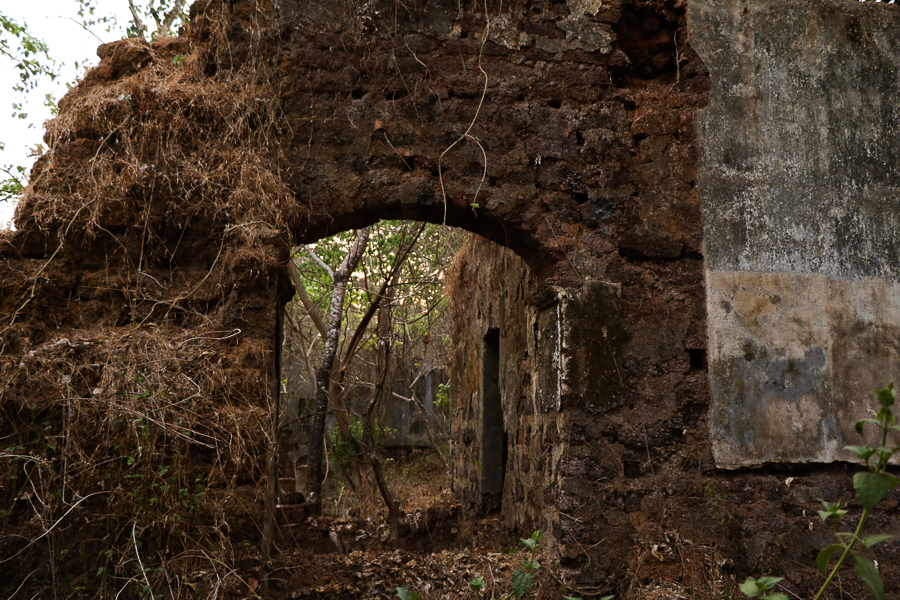
However, the complex now lies in ruins. Only the facade stands, though in a very fragile condition, which begs the question : How many more monsoons can it withstand? Apart from its immense architectural beauty, the Church and Convent of Our Lady of Mount Carmel is a symbol of the struggle of non Brahmin Goan priests, and has outstanding social, cultural and heritage value. Thankfully, the process of listing it as a heritage site by the Town and Country Planning (TCP) Department has been started However, it currently lies in a precarious condition and desperately needs to be conserved in a professional manner and according to conservation principles, otherwise it runs the risk of disappearing for good.
This Article was first published on O Heraldo on 21st July 2019 and has been published here with minor modifications

